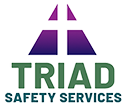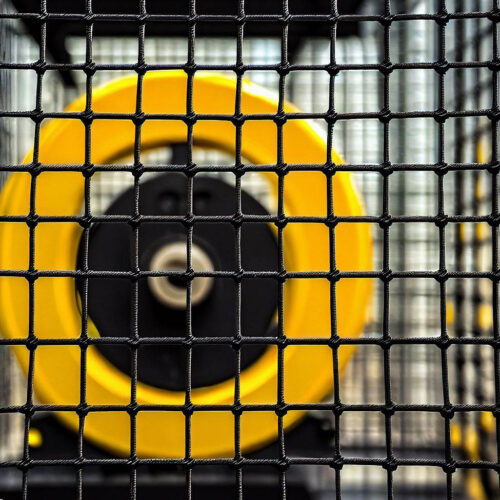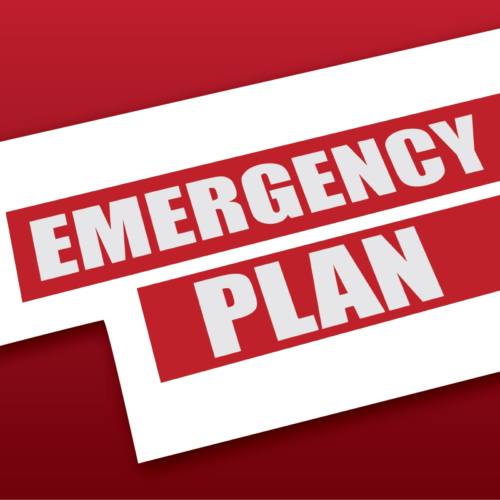-
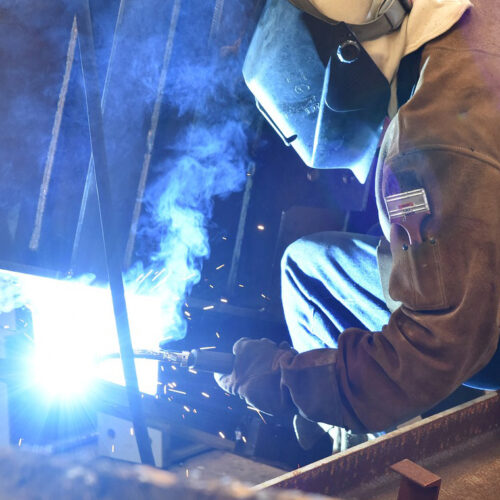 A major cause of fire, explosions, and burn injuries. Other hazards include toxic fumes, gases, radiant energy and electrical. Hexavalent Chromium, Cr(VI), is known to cause cancer. It targets the respiratory system, kidneys, liver, skin and eyes. Check out all the available resources to help the Safety Director better understand the hazards and regulatory requirements.
A major cause of fire, explosions, and burn injuries. Other hazards include toxic fumes, gases, radiant energy and electrical. Hexavalent Chromium, Cr(VI), is known to cause cancer. It targets the respiratory system, kidneys, liver, skin and eyes. Check out all the available resources to help the Safety Director better understand the hazards and regulatory requirements. -
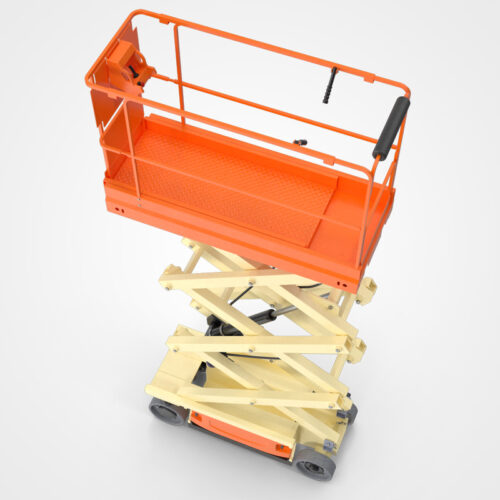 Scissor lifts are a type of Aerial Lift used to safely move workers vertically. OSHA regulates scissor lifts under the “Scaffolding Standard”. Hazards include falling from lifts, tipping over, and being crushed between the lift and other objects. Compliance is easy when you have the enclosed safety material in your hands.
Scissor lifts are a type of Aerial Lift used to safely move workers vertically. OSHA regulates scissor lifts under the “Scaffolding Standard”. Hazards include falling from lifts, tipping over, and being crushed between the lift and other objects. Compliance is easy when you have the enclosed safety material in your hands. -
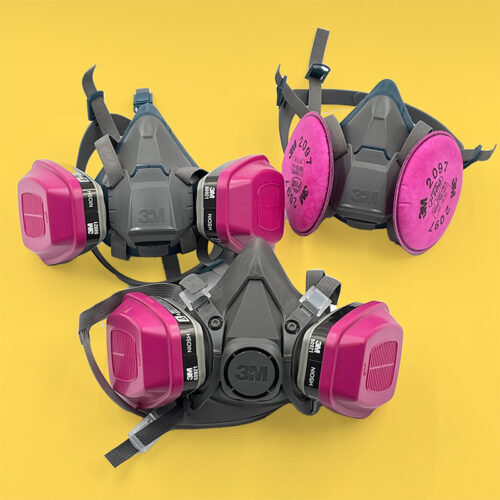 Protect the individual wearer against the inhalation of hazardous substances and/or an oxygen-deficient atmosphere. Hazards include serious injury and death. Major requirements are a written program, annual training, medical evaluation and fit testing. We have just about everything you need, right here, to get the job done.
Protect the individual wearer against the inhalation of hazardous substances and/or an oxygen-deficient atmosphere. Hazards include serious injury and death. Major requirements are a written program, annual training, medical evaluation and fit testing. We have just about everything you need, right here, to get the job done. -
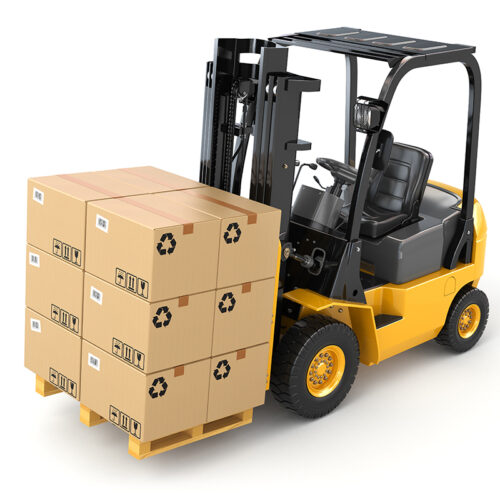 Forklifts are involved in about 85 fatalities and 7,000 serious injuries per year. Accidents frequently involve tip-overs, loads falling and crushing people, and hitting pedestrians. OSHA imposes many safety requirements including training and inspections. The documents and resources provided here can help you reduce the risk of accidents and improve your knowledge and handling your forklift program.
Forklifts are involved in about 85 fatalities and 7,000 serious injuries per year. Accidents frequently involve tip-overs, loads falling and crushing people, and hitting pedestrians. OSHA imposes many safety requirements including training and inspections. The documents and resources provided here can help you reduce the risk of accidents and improve your knowledge and handling your forklift program. -
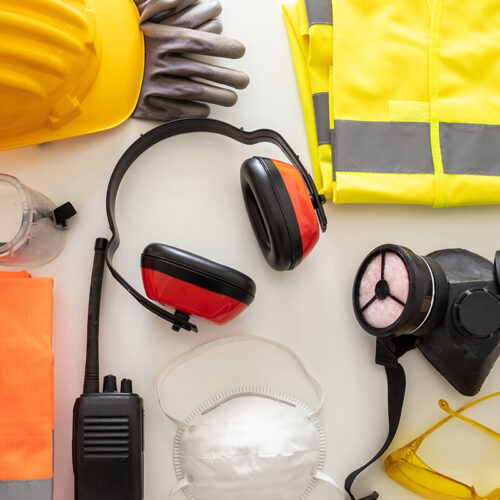 PPE is designed to protect workers from workplace injuries or illnesses resulting from contact with physical, mechanical, chemical, radiological, electrical or other workplace hazards. PPE is important because creates a barrier against workplace hazards thus reducing risk of injury. Provided resources can help you conduct the PPE Hazard Assessment, employee training and much more.
PPE is designed to protect workers from workplace injuries or illnesses resulting from contact with physical, mechanical, chemical, radiological, electrical or other workplace hazards. PPE is important because creates a barrier against workplace hazards thus reducing risk of injury. Provided resources can help you conduct the PPE Hazard Assessment, employee training and much more. -
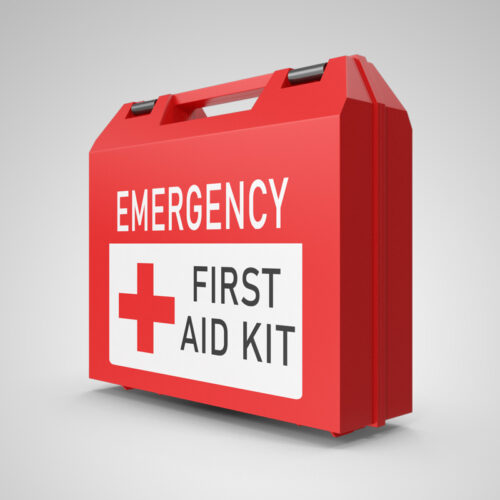 First aid is emergency care provided for injury or sudden illness before emergency medical treatment arrives. Most companies are required to have a first-aid provider trained in first aid and CPR to intervene while waiting for Emergency Medical Service (EMS). Enclosed are documents to help you better investigate accidents, respond to medical emergencies and to comply with OSHA.
First aid is emergency care provided for injury or sudden illness before emergency medical treatment arrives. Most companies are required to have a first-aid provider trained in first aid and CPR to intervene while waiting for Emergency Medical Service (EMS). Enclosed are documents to help you better investigate accidents, respond to medical emergencies and to comply with OSHA. -
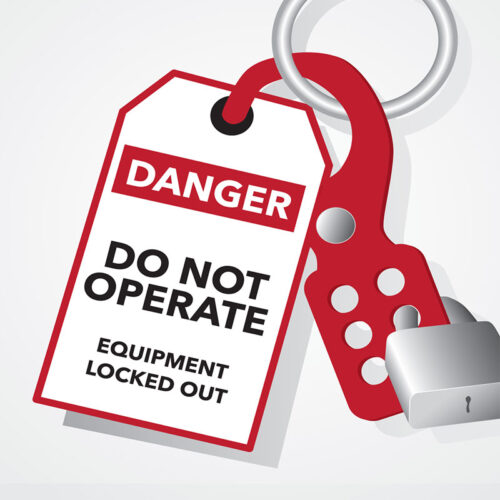 “Lockout/tagout”, aka The Control of Hazardous Energy, refers to specific practices and procedures to safeguard employees from the unexpected energization or startup of machinery and equipment, or the release of hazardous energy during service or maintenance activities. To help avoid accidents, injuries, and OSHA citations, look here to find all you need to implement an effective LOTO program.
“Lockout/tagout”, aka The Control of Hazardous Energy, refers to specific practices and procedures to safeguard employees from the unexpected energization or startup of machinery and equipment, or the release of hazardous energy during service or maintenance activities. To help avoid accidents, injuries, and OSHA citations, look here to find all you need to implement an effective LOTO program. -
 The Center for Disease Control (CDC) estimates that 22 million workers are exposed to potentially damaging noise at work each year. The result is permanent hearing loss that cannot be corrected through surgery or with medicine. Key terms are: Noise Monitoring, Written Hearing Conservation Program, Engineering Controls, PPE, and Employee Safety Training.
The Center for Disease Control (CDC) estimates that 22 million workers are exposed to potentially damaging noise at work each year. The result is permanent hearing loss that cannot be corrected through surgery or with medicine. Key terms are: Noise Monitoring, Written Hearing Conservation Program, Engineering Controls, PPE, and Employee Safety Training. -
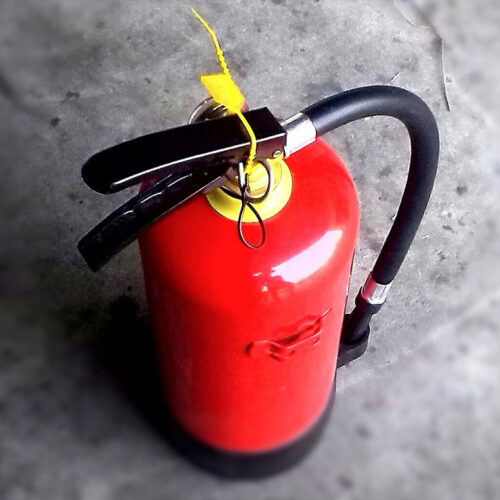 There are an average of 37,000 fires at industrial facilities every year (NFPA). These fires are catastrophic and cause serious and fatal injuries, and cost billions of dollars annually. The purpose of the fire prevention plan is to eliminate the causes of fire, prevent los of life and property and to comply with OSHA. OSHA strongly recommends that all employers have a fire prevention plan, but it is only required in a few regulations.
There are an average of 37,000 fires at industrial facilities every year (NFPA). These fires are catastrophic and cause serious and fatal injuries, and cost billions of dollars annually. The purpose of the fire prevention plan is to eliminate the causes of fire, prevent los of life and property and to comply with OSHA. OSHA strongly recommends that all employers have a fire prevention plan, but it is only required in a few regulations. -
 Falls are among the most common causes of serious work-related injuries and the leading cause of death in construction. Prevention is the key and it starts with planning to identify the hazards, providing the right fall protection equipment, and training workers on hazard recognition and mitigation.
Falls are among the most common causes of serious work-related injuries and the leading cause of death in construction. Prevention is the key and it starts with planning to identify the hazards, providing the right fall protection equipment, and training workers on hazard recognition and mitigation.
